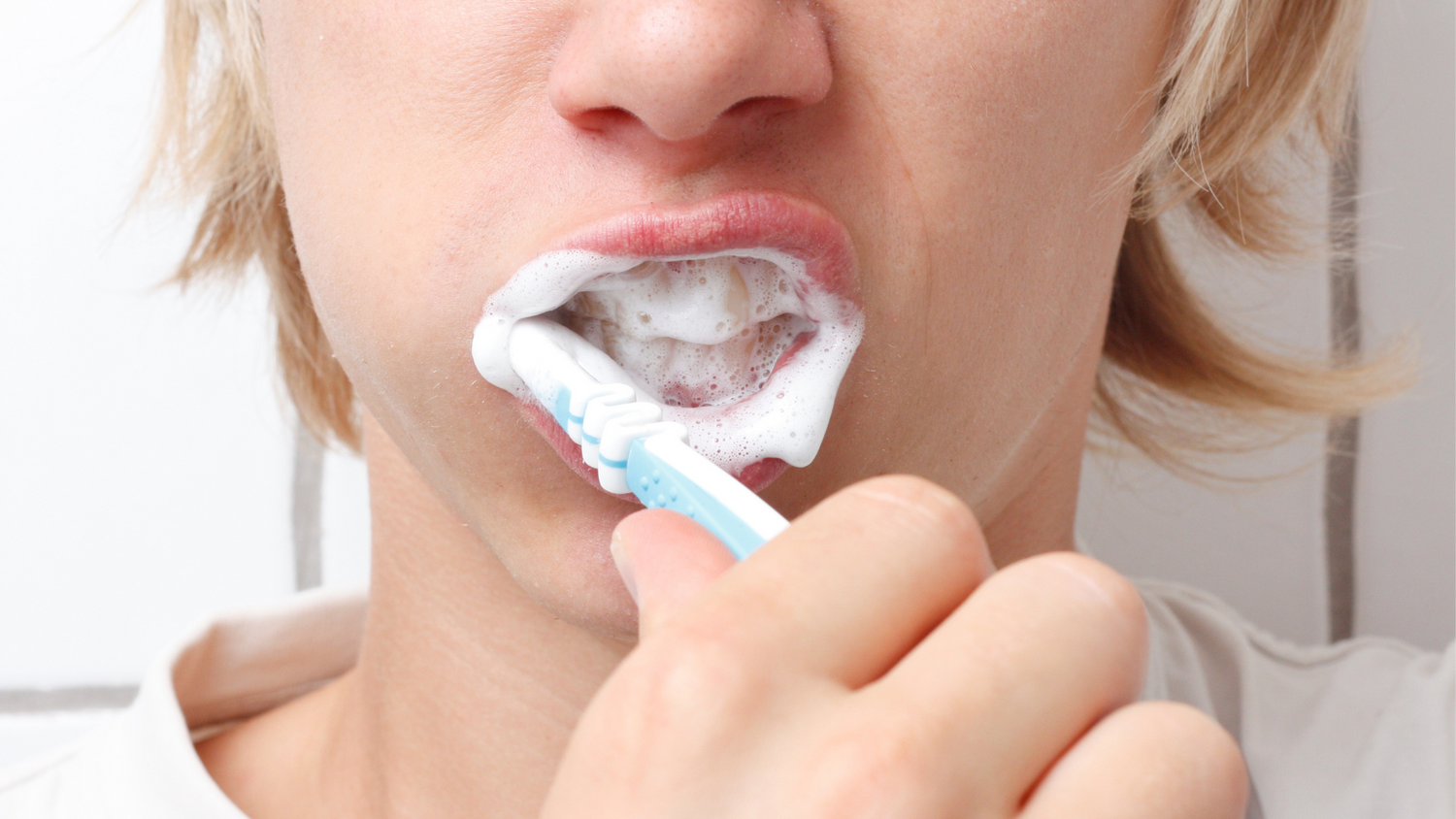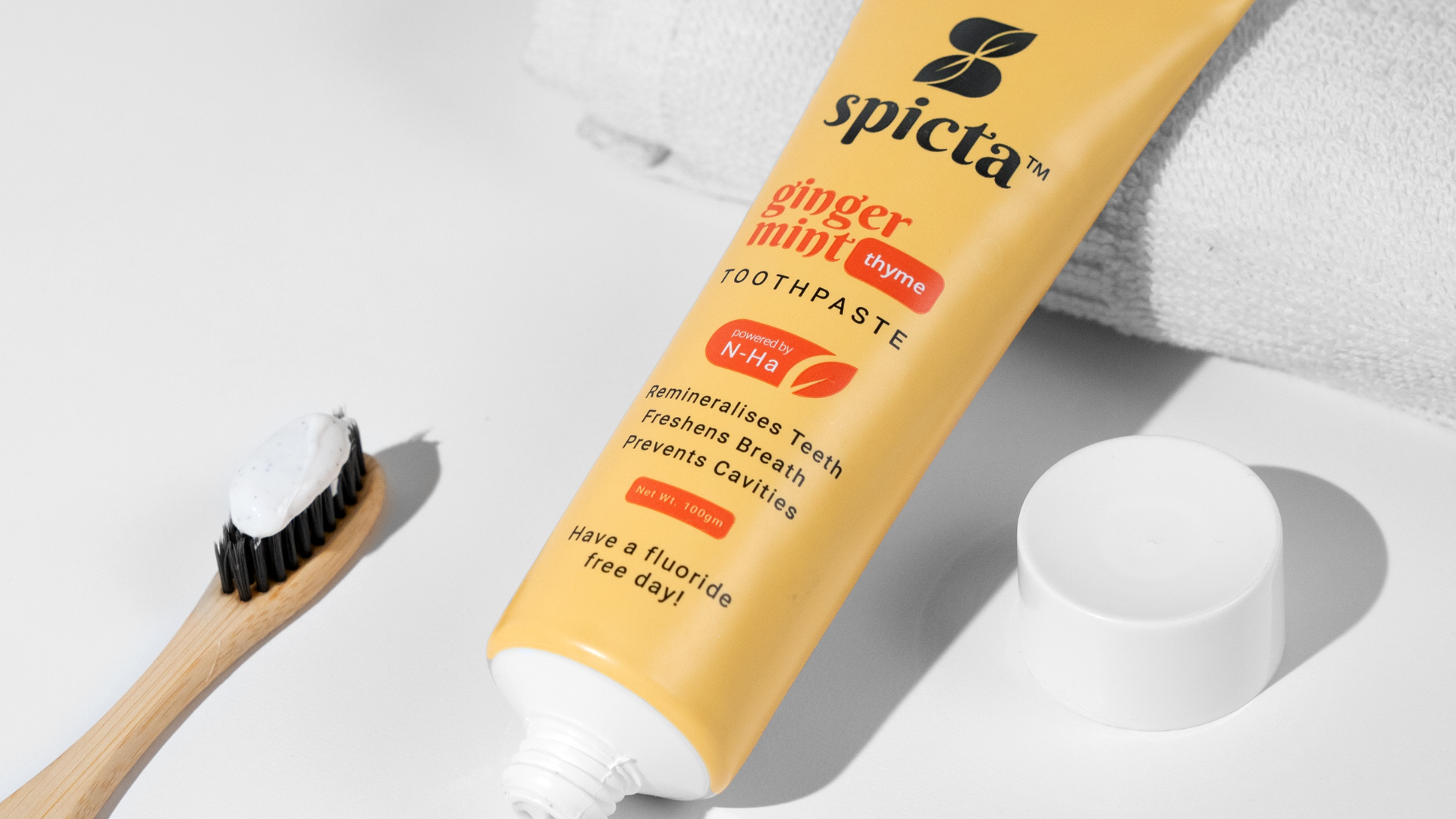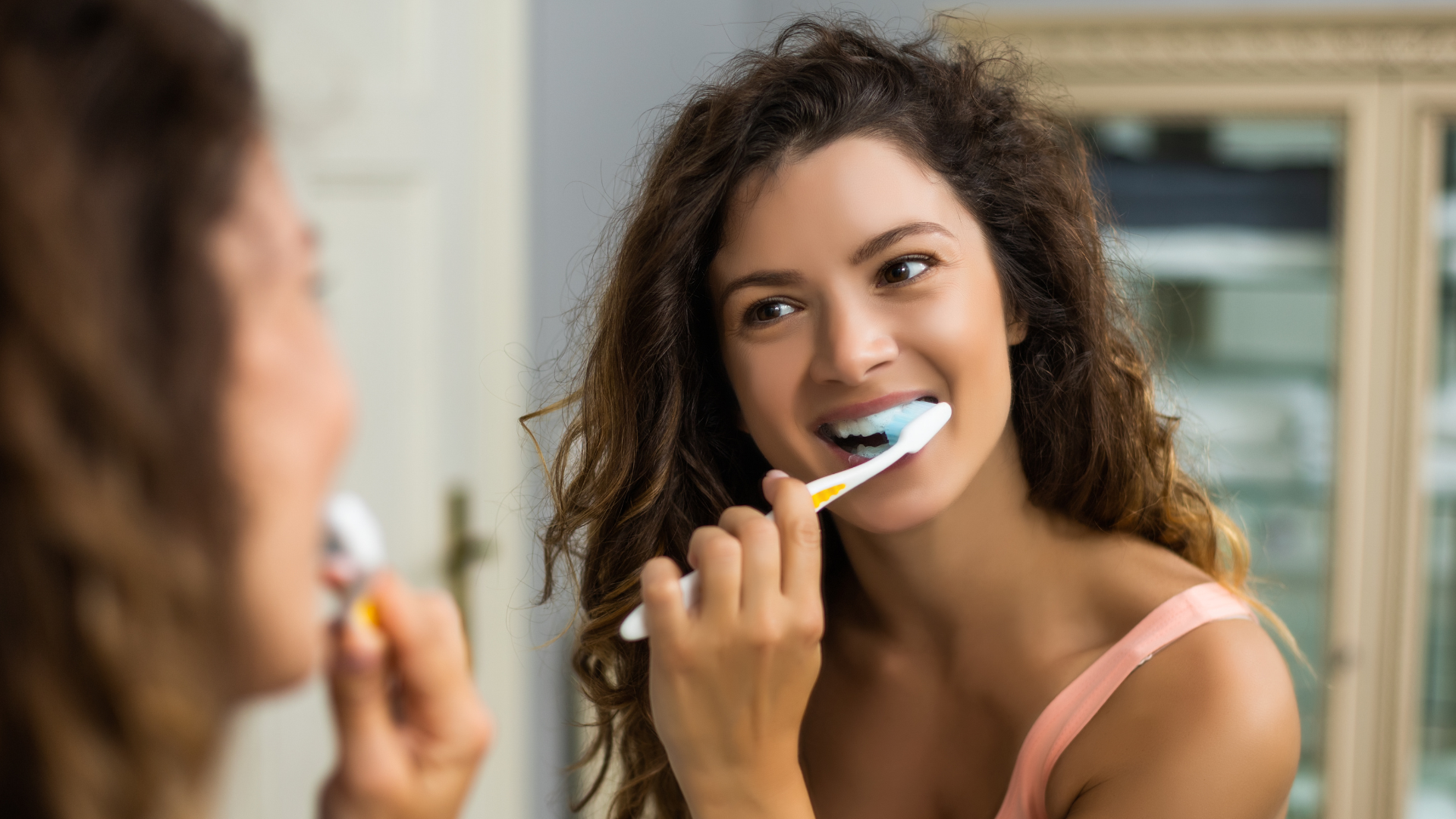“More the foaming in a toothpaste, more effective it is!”
“How do I know my toothpaste is working if doesn’t foam?”
“Doesn’t toothpaste need to foam?”
Well, it’s time to break the biggest myth about your toothpaste! It doesn’t need to foam. In fact, lesser the foam, the better it is. Why so? Read on, and you will be as excited as we are to brush foam free!
What makes Toothpastes foam?
We have been conditioned to believe that cleaning products don’t clean unless they produce foam — the more lather, the better. When it comes to personal hygiene products — be is soap, or shampoo or even your toothpaste, one of the most common ingredients used to produce that foam is sodium lauryl sulfate (SLS).
What’s Sodium Lauryl Sulfate (SLS)?
SLS is a surface-active agent, also known as a surfactant. Surfactants lower the surface tension between two liquids, between a gas and a liquid, or between a liquid and a solid. This makes them as effective detergents, emulsifiers, and foaming agents.
How is SLS Harmful?
PubChem report states that SLS causes skin irritation, serious eye irritation and damage, and is harmful if swallowed. Studies also suggest that SLS dehydrates the skin and causes it to lose its natural oils, resulting in dry mouth, ulcers or canker sores, irritation, taste disruptions, and allergic reactions.
What are natural foaming agents?
Companies that continue to use SLS despite these issues say that it helps the toothpaste disperse during brushing and makes it easier to remove food particles.
But guess what — there are natural foaming agents that give the benefits of mild foaming, without any harmful side effects!
In conclusion, the myth that toothpaste must foam to be effective has been debunked. The harmful effects of SLS, a common foaming agent in toothpaste, have prompted the exploration of natural alternatives that provide the benefits of foaming without the potential risks.
At Spicta, we use natural ingredients like coconut oil in our toothpastes to give mild foaming while brushing which helps clean your teeth as well as reduce plaque formation. All this, without any harmful side effects! And our toothpaste taste awesome too!
So, what are you waiting for? It’s time to Spicta!
FAQs:
Is it safe to use foaming toothpaste? Is foamy toothpaste bad?
The foaming agent in some toothpastes, sodium lauryl sulfate (SLS), may cause canker sores. SLS is widely used in detergents and other cleaning agents. It is advisable to use SLS free toothpastes.
Is sodium lauryl sulfate harmful in toothpaste?
Side effects of sodium lauryl sulfate in toothpastes - The presence of SLS in higher concentrations in cleaning products irritates the skin. Repetitive application may result in inflammation of the skin.
Is non foaming toothpaste better?
Non foaming/SLS free (sodium lauryl sulphate) toothpaste is ideal for regular usage since it prevents ulcers & irritation in the mouth.
Does toothpaste need to foam to be effective?
No, toothpaste does not need to foam to be effective. In fact, the effectiveness of toothpaste is not determined by its foaming action.
What makes toothpaste foam when we brush our teeth?
Toothpaste foams when we brush our teeth due to the presence of an ingredient called sodium lauryl sulfate (SLS), which is a common foaming agent in many toothpaste brands.
Is sodium lauryl sulfate (SLS) harmful in toothpaste?
Yes, SLS can be harmful. It may cause skin irritation, eye irritation, and damage if swallowed. Additionally, it can lead to dry mouth, ulcers, taste disruptions, and allergic reactions.
Are there natural alternatives to SLS for foaming in toothpaste?
Yes, there are natural foaming agents that can provide the benefits of mild foaming in toothpaste without the potential risks associated with SLS.
What kind of foaming agent does Spicta use in their toothpaste?
Spicta uses natural ingredients as a foaming agent in their toothpaste, providing mild foaming while brushing without any harmful side effects.
Report Source:
https://pubchem.ncbi.nlm.nih.gov/compound/3423265
https://www.livescience.com/63601-why-oj-tastes-bad-after-toothpaste.html
https://health.ucsd.edu/news/features/Pages/2019-07-08-otc-oral-health.aspx
https://medicine.uq.edu.au/article/2019/12/what-sodium-lauryl-sulfate-and-it-safe-use




